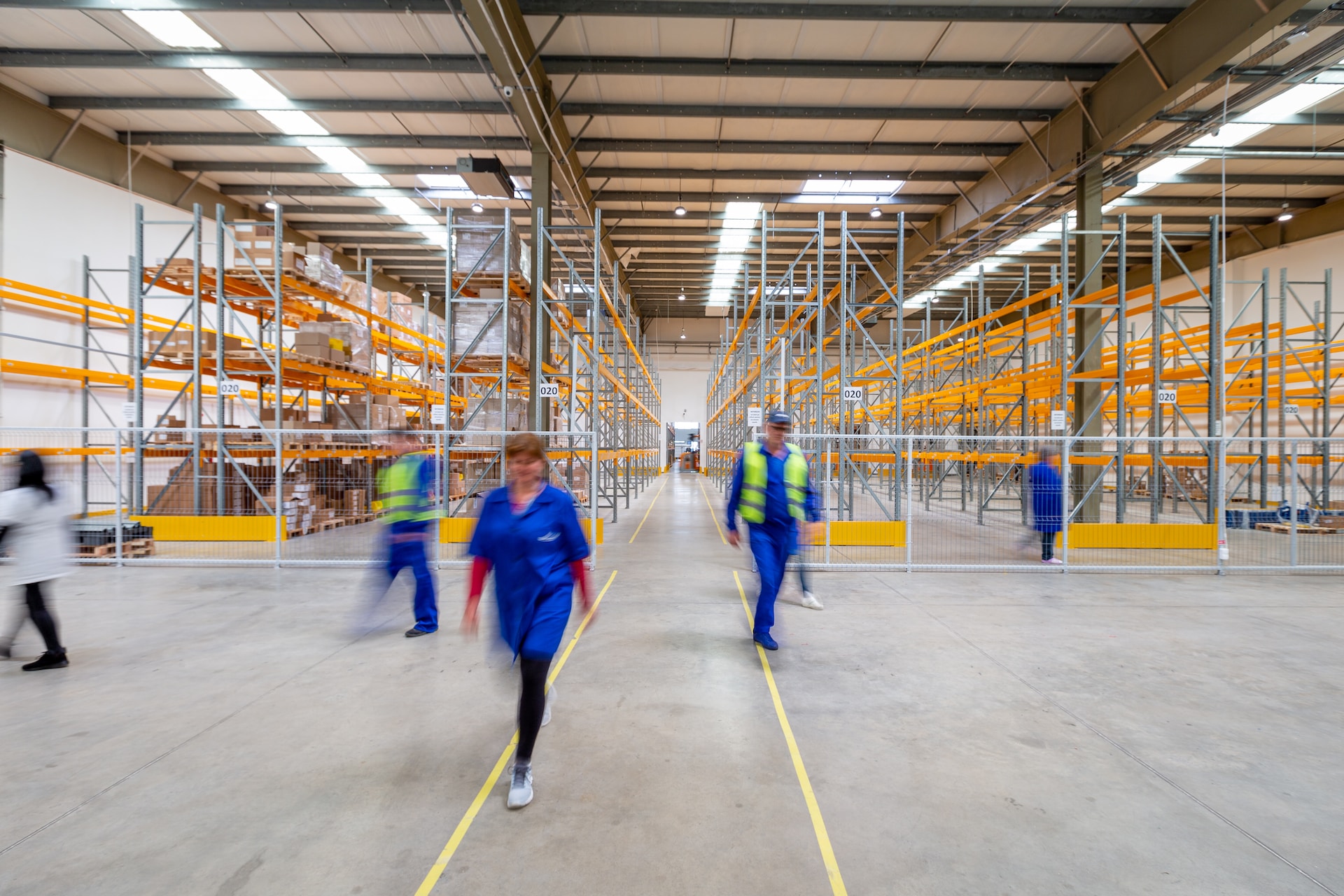Manufacturing technology has come a long way since the Industrial Revolution, where machines were first introduced to mass-produce goods. Today, we’re witnessing a new era of manufacturing that goes beyond automation and into augmentation – using technologies like artificial intelligence, robotics and big data to elevate our capabilities as humans. In this blog post, we’ll explore how these advancements are changing the way we work in manufacturing and what steps companies can take to stay ahead of the curve. Are you ready for the future of manufacturing? Let’s dive in!
The History of Manufacturing Technology
In the early days of manufacturing, production was a manual process. Skilled craftsmen would use hand tools to create goods one at a time, making quality control an arduous and expensive process.
The Industrial Revolution changed all that with the introduction of machinery, which allowed for mass production on a scale never before seen. The assembly line became commonplace in factories as workers specialized in specific tasks to increase efficiency and speed up production.
As technology continued to evolve throughout the 20th century, so did manufacturing practices. Automation took over many jobs previously done by humans, from welding car parts together to packaging products for shipment.
But it wasn’t until recently that we saw another major shift: the rise of augmentation technologies like AI and robotics that are changing how we approach manufacturing once again. With these new tools at our disposal, we’re able to not only automate repetitive tasks but also enhance human decision-making abilities and improve overall productivity.
The Present Day of Manufacturing Technology
Today, manufacturing technology has become more advanced than ever before. Automated machines and robots are now commonplace on factory floors around the world. These technologies have greatly increased efficiency and productivity in manufacturing processes.
For instance, 3D printing is revolutionizing how products are made today. It allows manufacturers to produce complex designs with greater accuracy and speed than traditional methods. Additionally, robotics is being used extensively for tasks that were once deemed too dangerous or difficult for humans.
In addition to automation, data analytics has also become a critical tool in modern-day manufacturing technology. Manufacturers can collect vast amounts of data from sensors placed throughout their production lines and use this information to optimize their operations.
Moreover, cloud computing has enabled manufacturers to access software applications remotely that help them manage their businesses better. This technology provides real-time visibility into every aspect of the production process so that managers can make informed decisions quickly.
These technological advancements have allowed manufacturers to increase efficiency while reducing costs. As we move forward into the future of manufacturing technology, it’s clear that these innovations will continue to shape the industry in profound ways.
The Future of Manufacturing Technology
The future of manufacturing technology is exciting and rapidly changing. We can expect to see more automation, robotics, and artificial intelligence in the coming years. These advancements will allow for faster production times with fewer errors.
One area that has been gaining a lot of attention lately is additive manufacturing, also known as 3D printing. This technology allows manufacturers to create complex designs quickly and efficiently. It also reduces waste by only using the exact amount of materials needed.
Another trend we can expect to see in the future is smart factories. These are highly automated facilities that use interconnected systems and data analytics to optimize production processes. By implementing these technologies, manufacturers can improve efficiency while reducing costs.
The Internet of Things (IoT) will also play a significant role in the future of manufacturing technology. Connected devices will enable real-time monitoring of equipment performance and supply chain management, allowing for proactive maintenance and better decision-making.
The future of manufacturing technology looks promising with many opportunities for growth and innovation. As new technologies emerge and evolve over time, it’s important for manufacturers to stay up-to-date on trends so they can continue to improve their operations while remaining competitive in an ever-changing market.
How Manufacturers Can Stay Ahead of the Curve
To stay ahead of the curve in manufacturing technology, manufacturers need to keep up with the latest trends and innovations. This means investing in new technologies and tools that can improve efficiency, productivity, and quality. One way to do this is by incorporating automation into their processes.
Automation has been a game-changer for many manufacturing companies in recent years, allowing them to streamline operations and reduce costs. By automating repetitive tasks such as assembly or packaging, manufacturers can free up their employees’ time to focus on more complex tasks that require human intervention.
Another way manufacturers can stay ahead of the curve is by embracing augmented reality (AR) technology. AR has the potential to revolutionize how we design, build, and test products by providing a virtual environment where engineers can simulate real-world scenarios before production even begins.
It’s important for manufacturers to prioritize data analytics and use it effectively. With so much data available today thanks to IoT sensors and other connected devices, companies that are able to make sense of this information will have a significant advantage over those who don’t.
By keeping up with these trends and implementing new technologies as they emerge, manufacturers can ensure they remain competitive in an ever-changing industry.
Conclusion
The manufacturing industry is rapidly evolving due to advancements in technology. Automation has been a game-changer for many manufacturers, but the future lies in augmentation. By combining human skills with technological capabilities, businesses can increase efficiency and productivity while also maintaining quality control.
To stay ahead of the curve, manufacturers need to embrace new technologies that align with their business goals and invest in training programs to upskill their workforce. The key is to strike a balance between automation and augmentation while keeping an eye on emerging trends that could disrupt the industry.
As we look towards the future of manufacturing technology, it’s clear that innovation will continue to shape this sector. From 3D printing and artificial intelligence to robotics and big data analytics, there are endless possibilities for those who dare to dream big.
Manufacturers must be willing to adapt quickly if they want to survive in today’s fast-paced market. By staying informed about new developments and taking calculated risks when necessary, they can position themselves as leaders within their respective industries.
In summary, by embracing change rather than fearing it, manufacturers can leverage technology as a tool for growth instead of viewing it as a threat. With careful planning and execution at every stage of adoption process from design through production all way until final delivery or use by end customer; companies have potential transform how people work which ultimately leads better products at prices everyone can afford!









